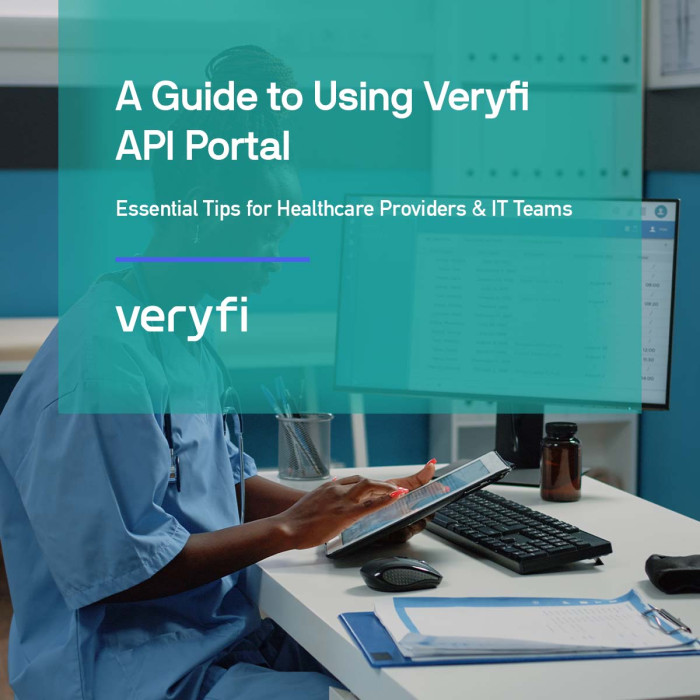The annual W-2 processing rush brings a familiar headache to accounting firms and tax professionals alike. With studies showing that manual data entry can have error rates as high as 4%, and each mistake potentially costing hundreds in resolution time, finding efficient solutions isn’t just convenient – it’s crucial for business survival. Understanding and solving these critical challenges through automation has become essential for business efficiency and ROI. Let’s explore how!
W-2 Processing Challenge #1: Document Variations
The challenge of handling different W-2 formats might seem straightforward at first glance, but it’s anything but simple. Employers often modify layouts, and forms change year over year, creating a complex web of variations that can trip up even experienced processors.
The Impact:
- Increased processing time per document
- Higher training requirements for staff
- Greater risk of misinterpreted data
Modern OCR solutions, including Veryfi’s W-2 OCR API, have tackled this challenge head-on with adaptive recognition technology. The system automatically adjusts to different form layouts, reducing processing time by up to 80% compared to manual entry. One mid-sized accounting firm reported saving over 120 hours during tax season after implementing automated processing.
W-2 Processing Challenge #2: Complex Data Structures
W-2 forms aren’t just simple documents – they’re complex data structures with interconnected fields and specific requirements. Box 12, with its various codes and values, is particularly challenging to process accurately.
Common Complications:
- Multiple code-value pairs in Box 12
- Interconnected fields requiring cross-validation
- Special handling requirements for different income types
Using advanced OCR technology has transformed this process. Veryfi’s field-specific extraction capabilities ensure accuracy rates above 99% for these complex fields, significantly reducing the need for manual verification. As of writing, Veryfi’s W-2 OCR can extract the following fields:
- Basic Information
- Wage and Tax Information
- State and Local Tax Information
- Checkbox Comprehension
- Additional Information
W-2 Processing Challenge #3: Scale and Speed
When January rolls around, the ability to handle high volumes becomes critical. Manual processing creates bottlenecks that can delay entire operations.
Peak Season Challenges:
- Sudden volume increases
- Staffing constraints
- Quality control at scale
Automated solutions offer a clear advantage here. With batch processing capabilities, firms can handle hundreds of W-2s per hour while maintaining accuracy. One large tax preparation service processed over 10,000 W-2s in a single day using automated OCR technology – a task that would have taken weeks manually.
W-2 Processing Challenge #4: Security Requirements
In an era of increasing data breaches, security isn’t optional. W-2 forms contain sensitive personal information that requires strict protection.
Essential Security Measures:
- End-to-end encryption
- Access control systems
- Audit trail maintenance
- Compliance with IRS regulations
Modern OCR platforms have built-in security features that address these requirements. Veryfi’s platform, for example, includes:
- SOC 2 Type 2 certification, ensuring rigorous security controls
- Multi-layered compliance with international standards
- Comprehensive audit trail systems
- Automated security monitoring and updates
W-2 Processing Challenge #5: System Integration
Many firms already have established tax preparation software and workflows. Adding new tools shouldn’t mean starting from scratch.
Integration Considerations:
- API compatibility
- Data format standardization
- Workflow automation
- Training requirements
The right OCR solution should slot seamlessly into existing processes. Through standard APIs and flexible integration options, modern platforms can enhance rather than disrupt current workflows.
W-2 Processing ROI Analysis: Automation vs Manual Processing
Let’s break down the real costs and benefits:
| Cost Factor | Manual Processing | Automated Processing | Potential Savings |
| Per Document Processing | |||
| Base Processing Cost | $4-7 per W-2 | $0.50-1.50 per W-2 | $3.50-5.50 per W-2 |
| Processing Time | 8-10 minutes per W-2 | 30-60 seconds per W-2 | ~87% time reduction |
| Error Management | |||
| Error Rate | 4-6% of documents | Below 1% | 75-85% reduction |
| Error Correction Cost | $50-100 per incident | $5-10 per incident | $45-90 per incident |
| Training & Setup | |||
| Initial Staff Training | $500-1,000 per season | $200-400 one-time | $300-600 annually |
| Ongoing Training | $250-500 annually | Minimal ($50-100) | $200-400 annually |
| Quality Control | |||
| QC Time Required | 15-20% of processing time | 3-5% of processing time | 75% reduction |
| QC Staff Costs | $2,000-3,000 per month | $500-750 per month | $1,500-2,250 monthly |
| Annual Impact (1,000 W-2s) | |||
| Total Processing Costs | $4,000-7,000 | $500-1,500 | $3,500-5,500 |
| Error Correction Costs* | $2,000-6,000 | $250-500 | $1,750-5,500 |
| Training Costs | $750-1,500 | $250-500 | $500-1,000 |
| QC Costs | $6,000-9,000 | $1,500-2,250 | $4,500-6,750 |
| Total Annual Cost | $12,750-23,500 | $2,500-4,750 | $10,250-18,750 |
Note: Actual savings may vary based on organization size, current processes, and implementation approach.
Taking the Next Step
As tax seasons become increasingly demanding, staying competitive means embracing efficient solutions. Whether you’re handling hundreds or thousands of W-2s, automated processing can transform your workflow from a bottleneck into a competitive advantage. Consider starting with a small batch test by creating a free account to see the impact firsthand and experience your aha moment with Veryfi W-2 OCR API technology.










